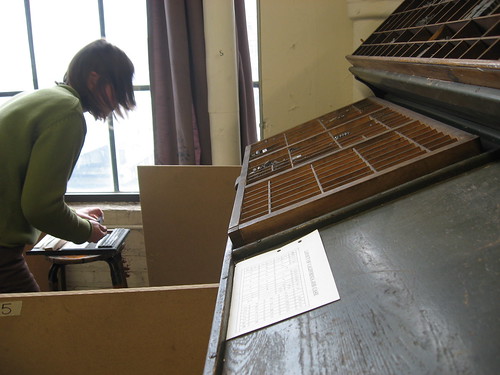In a story by Ray Bradbury, Farenheit 451, there is a group of people who, in order to save them, memorise books, and are called "walking books"! Other similarly claimed substitutes abound in so-called book-artists' jargon, but the memories of books are not yet in book form, and so cannot be called books or have bookness. One could say however that a pack of Tarot cards does have bookness. It functions as a working group of loose-leaf planar surfaces with related images conveying textual matter in pictorial form. Traditional knowledge has it that the Tarot is in fact a philosophical treatise. The planes of a book have a necessary relationship or they simply become a collection of arbitrary planes for which a book format is not essential for the conveyed meaning. Many arbitrarily devised objects such as chewed or dissolved texts in bottles, etc., may or may not be art objects, but they are not objects with bookness. The book-maker's art should be distinguished from the art-maker's book. The book is generally thought of as a compact, conveniently portable mobile object (although there can be giant books, made of any material). The book, as book, has multiple planes because all the text or material it contains would be too unwieldy in a single planar form. There are book-like objects or appearances and object-like books, but that is a different story.
© Philip Smith 1996
Friday, April 13, 2007
Setting Type
Subscribe to:
Post Comments (Atom)

No comments:
Post a Comment